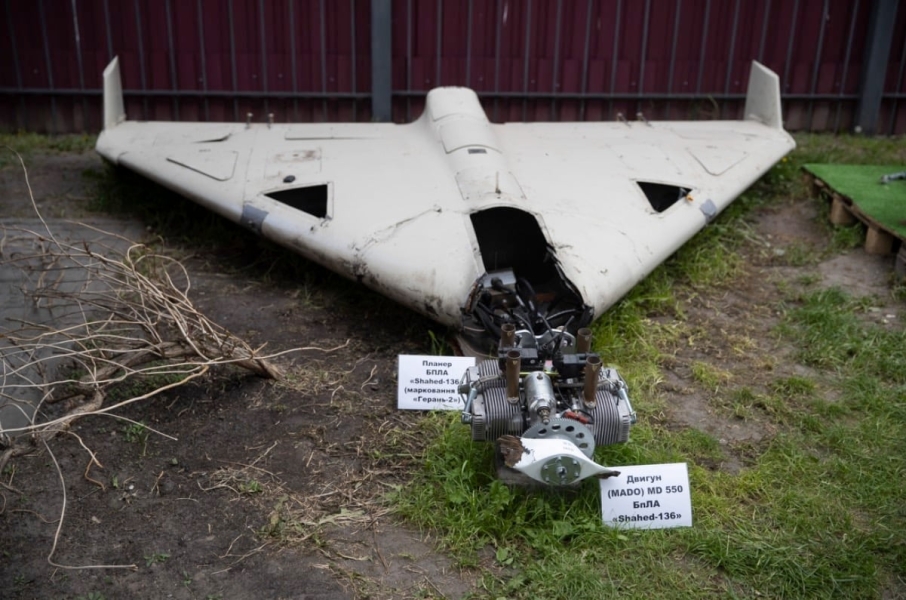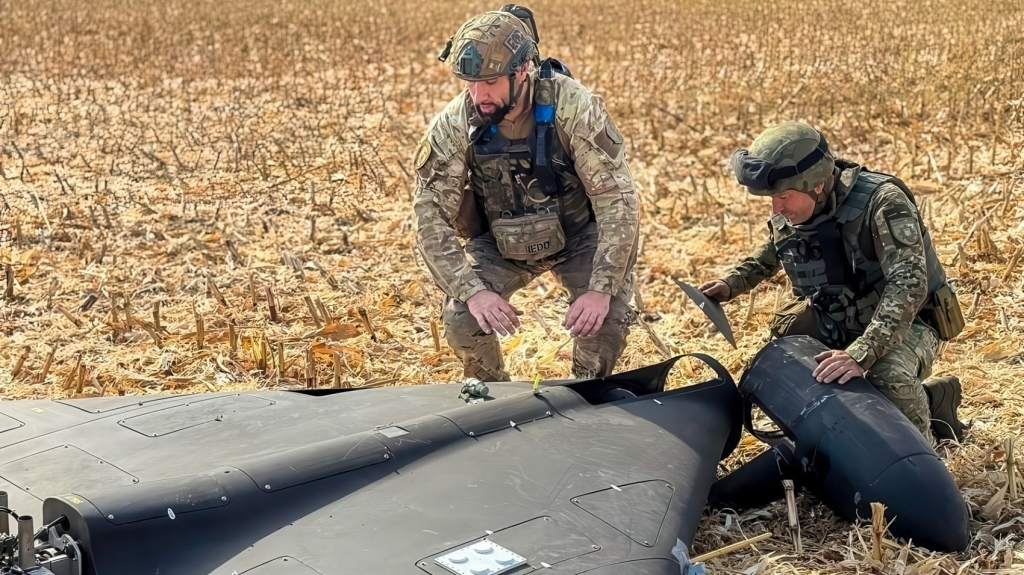Mushroom Pickers Become Drone Hunters In Poland

Amazon DEALS: DJI Mini 4K now $249 (-17%) and DJI Mini 4K Fly More Combo now $379 (-16%)
In the quiet forests of eastern Poland, a group of mushroom pickers has stumbled upon a stark reminder of the high-tech war raging just across the border, as UkraNews reported. Debris, believed to be from a Russian drone, was discovered in three different locations, sparking another investigation by the Polish military and renewing concerns about the security of NATO’s airspace.
The discovery, made on Sunday, September 21st, is the latest in a series of incidents that have put the entire region on high alert. It’s a clear sign that the chaos of drone warfare doesn’t always respect international borders.
A Trail of Wreckage
The drone parts were found by civilians in Poland’s Masovian Voivodeship, in the areas of Białobrzegi, Siedlce, and Zamość. The locals immediately alerted the police, who have since handed the wreckage over to the military for analysis.

While the exact type of drone has not been officially confirmed, it is widely suspected to be debris from a Geran-2 (the Russian version of Iran’s Shahed-136), a “kamikaze” drone that Russia has used extensively in its attacks on Ukraine. The locations of the finds, some just 20km from the Ukrainian border, add weight to this theory.

This isn’t an isolated event. It follows the recent incursions where Russian drones actively flew into both Polish and Romanian airspace, prompting NATO jets to scramble. While Russia has claimed these border crossings are unintentional, caused by jamming, Ukrainian President Zelenskyy has labeled them as a deliberate expansion of the war.
The Messy Reality of Drone Swarms
This discovery highlights the messy, unpredictable nature of modern drone warfare. Russia is launching these drones in massive swarms, sometimes over 500 at a time, to overwhelm Ukrainian air defenses. While Ukraine has been incredibly successful at shooting most of them down, a few inevitably get through or are knocked off course.
These “leakers” are the problem. A Geran-2 is a relatively simple drone that relies on basic GPS for navigation. It’s highly susceptible to jamming, which can send it flying erratically. It’s also possible that this debris is from a drone that was damaged by Ukrainian air defenses but managed to fly for miles before finally crashing in Poland.
Whatever the cause, the result is the same: the wreckage of a weapon of war is falling on the soil of a NATO country, a deeply unsettling and dangerous situation.
NATO’s Scramble to Adapt
This series of incidents has forced NATO to take the drone threat more seriously than ever. The alliance has launched Operation Eastern Sentry, a multinational effort to bolster air defenses along its eastern flank, with countries like Italy, Germany, and France all contributing jets and resources.

But as these debris finds prove, fighter jets aren’t a complete solution. You can’t have an F-16 over every square mile of the border. This is why there is a massive push for a more comprehensive “drone wall,” a layered defense of radars, jammers, and cheaper interceptor systems that can handle this low-tech, high-volume threat.
DroneXL’s Take
This story is a perfect illustration of just how blurry the lines of the modern battlefield have become. A war is being fought next door, and now, civilians out foraging for mushrooms are finding the wreckage. It’s a surreal and powerful image that brings the reality of the conflict home in a very tangible way.
“Real talk,” the idea that a drone can be jammed and then just fly aimlessly for miles until it crashes is a terrifying thought. It turns the weapon from a guided missile into an unguided, unpredictable bomb. This is a huge challenge for both sides.
This is a powerful reminder of the awesome responsibility that comes with putting a machine in the air. We are obsessive about geofencing, flight plans, and respecting airspace. This is the extreme opposite: a weapon that has lost its way and crashed in another country.
It underscores the absolute necessity of NATO’s push for a better counter-drone strategy. The old model of air defense is simply not equipped to handle this new reality. The future of border security will rely on a smart, integrated network that can track and neutralize hundreds of these small, cheap threats. The mushroom pickers of Poland have just given them another urgent reason to get it right.
Photo credit: Polana.com
